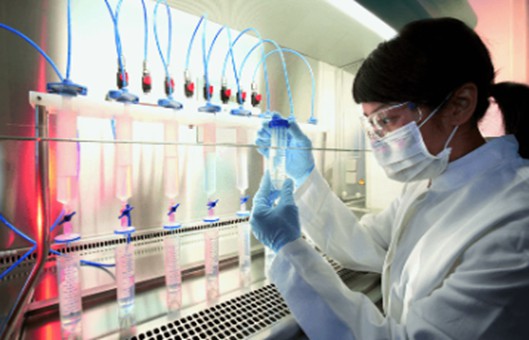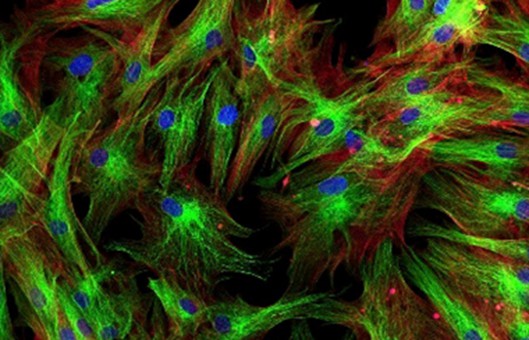Protocol for Morphologic Examination of Lymphocyte Transformation
GUIDELINE
When T cells are cultured in vitro and stimulated by non-specific mitogens (e.g., phytohemagglutinin) or specific antigens, they may show an increase in cell size and metabolism, an increase in protein and nucleic acid synthesis, and be able to divide and become lymphoblastoid cells, which is the phenomenon of lymphocyte transformation. The lymphocyte conversion rate can reflect the level of cellular immunity. Therefore, the lymphocyte conversion test can be used as one of the indicators to determine the body's immune function.
METHODS
- Take 1 culture vial containing 25 ml of nutrient solution and add PHA, the final content of which is 50-70 μg/ml nutrient solution.
- Aseptically extract 0.5 ml of the blood of the examined animal, inject it into the vial containing PHA nutrient solution, mix it well, and place it in a 37°C warm box for 3-4 days. Shake 1-2 times a day.
- On the third (or fourth) day, aspirate and discard the supernatant, add 3 ml of 0.87% NH4Cl solution pre-warmed at 37°C. Incubate at 37°C in a warm box for 15 min, and then top up with saline.
- After centrifugation to mix, centrifuge at 1000 r/min for 10 min. Discard the supernatant, push the precipitate into the slice, and stain with Rachel's stain for 1-2 min.
- With an oil immersion microscope, 200 lymphocytes were observed from left to right from top to bottom, and the lymphoblasts and transitional lymphocytes were converted into percentages.
- Transformation rate = transitional lymphocytes ÷ total lymphoblasts
Creative Bioarray Relevant Recommendations
- Creative Bioarray can provide 40 types of human lymphatic cells including Human Lymphatic Endothelial Cells, Acute Lymphoid Leukemia Bone Marrow CD19+B Cells, Cord Blood CD19+B Cells, Cord Blood Pan T Cells, etc. These cells can be used for understanding the lymphatic system or desired research applications.
NOTES
- Strict aseptic operation is the key to the success or failure of the lymphocyte transformation test.
- The acidity and alkalinity of the nutrient solution have a great relationship with the transformation test, and a pH value of 7.4 is appropriate. Cells are stunted and easily broken under acidic conditions, and cells have a tendency to shrink under alkaline conditions. The stopper of the culture bottle should be tightly corked to prevent air leakage and change in pH value.
- The experimental conditions should be kept relatively stable as far as possible, and a normal control should be made after changing the main materials (e.g., culture medium, calf serum, PHA solution).



